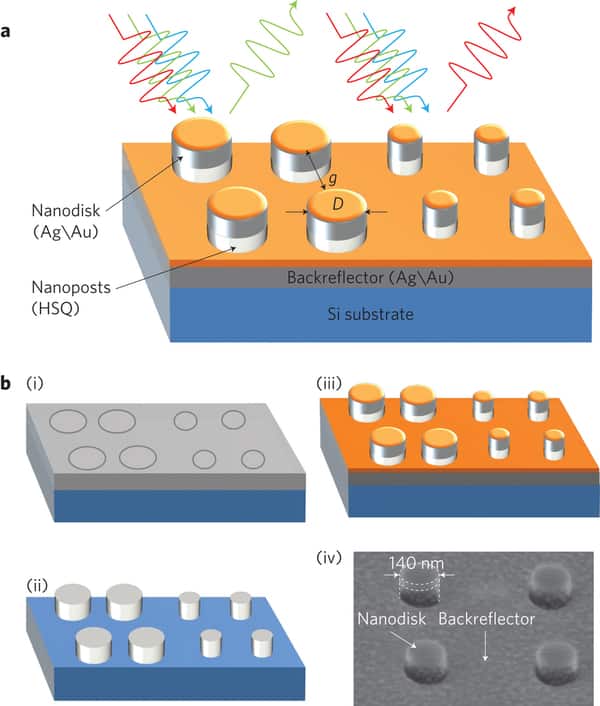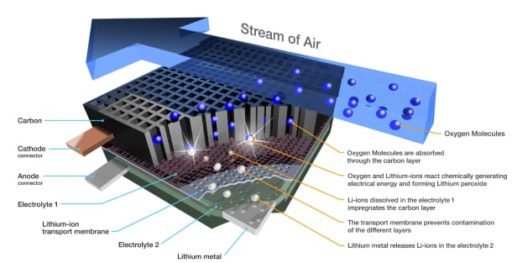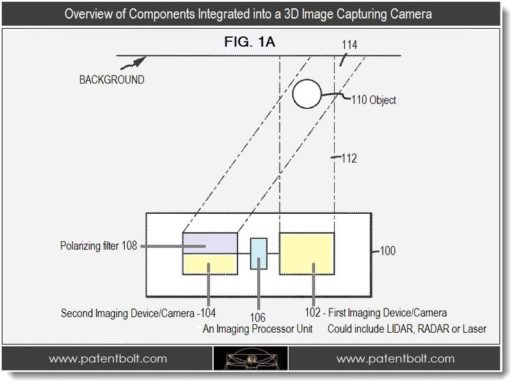The highest possible image resolution in color printing is 100,000 dots per inch, determined by the diffraction limit of visible light. For long, printing at such high-resolution had been elusive. But now, with the help of a unique printing method, this has been achieved. The method that has been used in accomplishing this, makes use of tiny nano pillars which have a length of few tens of nanometres.
The method is not a simple one and requires a lot of diligence. These ultra-high resolution images consist of up to four nanoscale posts in every single pixel. These posts are further capped with silver and gold nanodisks. To make these pixels reflect different kinds of colors, all you have to do is to vary the diameters of their structures. This changes the spaces between them and alters the color which they reflect.
To get a full range of colors when printing, researchers at the Agency for Science, Technology and Research (A*STAR) used this method which is called structural color. To demonstrate that this really is possible now, the researchers created a 50 x 50-micrometer test image of ‘Lena’, a popular portrait when testing prints.
According to a materials scientists at A*STAR, Joel Yang, “We saw that we could control the colours, from red to blue, by controlling the size of the particles.” Each metal nanostructure resonates a certain wavelength based on its size. So when the light shines on this structure, it reflects a certain color based on this wavelength. The phenomenon is known as plasmon resonance.
How the ultra-resolution image was created?
Researchers used lithium-beam lithography to coat a number of posts on a silicon wafer. These posts were then capped with metal nanodisks. With the help of metal coating, the colors being reflected from the posts become brighter. According to Yang, “The colours appeared all at once after we applied the metal.”
With this significant accomplishment in hand, Yang now aims to print these pillars, which reflect light based on their wavelength, over larger areas and using different other materials.
Source: Nature
Courtesy: Slashdot
[ttjad keyword=”printers”]




